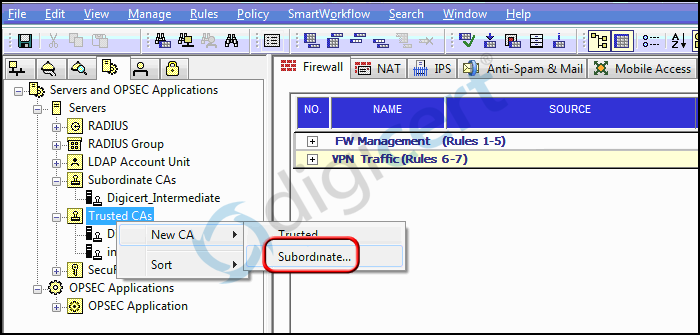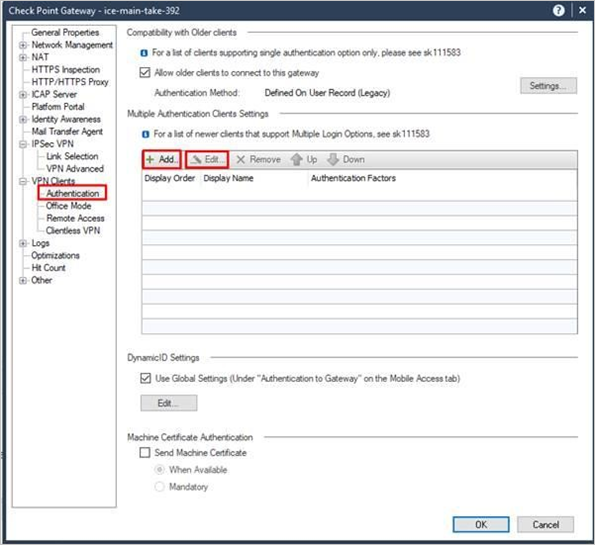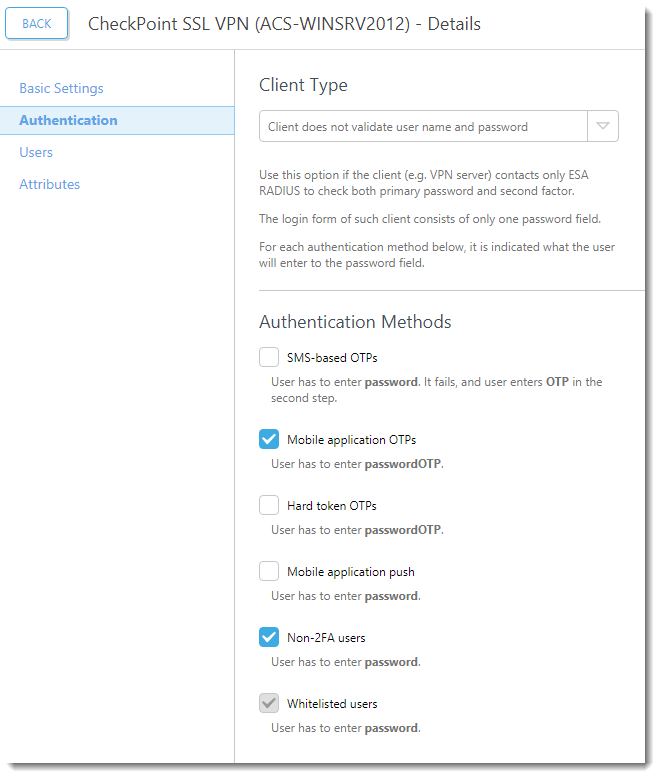
The password is exchanged "out-of-band", and reused multiple times. This authentication method has the advantage of simplicity, but it is less secure than certificates.īoth parties agree upon a password before establishing the VPN. If the client is unable to retrieve a CRL, the Security Gateway retrieves the CRL on the client's behalf and transfers the CRL to the client during the IKE negotiation (the CRL is digitally signed by the CA for security). This option offers the advantage of higher level of security, since the private key resides only on the hardware token.Īs part of the certificate validation process during the IKE negotiation, both the client and the Security Gateway check the peer's certificate against the Certificate Revocation List (CRL) published by the CA which issued the certificate. Users can also be given a hardware token for storing certificates. The supported certificate formats are PKCS#12, CAPI, and Entrust. It is also possible to use third-party Certificate Authorities to create certificates for authentication between Security Gateways and remote users. The administrator can also initiate a certificate generation on the ICA management tool. Generate digital certificates easily in SmartConsole > Security Policies > Access Tools > Client Certificates. The ICA can issue certificates both to Security Gateways (automatically) and to remote users (generated or initiated). Check Point's ICA is tightly integrated with VPN and is the easiest way to configure a Remote Access VPN. that it was signed by a known and trusted CA, and that the certificate has not expired or been revoked).ĭigital certificates are issued either by Check Point's Internal Certificate Authority or third-party PKI solutions. Both parties verify that the peer's certificate is valid (i.e. Both parties present certificates as a means of proving their identity. Digital User Certificatesĭigital Certificates are the most recommended and manageable method for authentication. See the documentation for each client to learn which authentication methods are supported. Users select one of the available options to log in with a supported client. The options can be different for each gateway and each Software Blade. On R80.10 and higher Mobile Access and IPsec VPN gateways, you can configure multiple login options. Various authentication methods are available, for example: NT Group/RADIUS Class Authentication FeatureĮnabling Hybrid Mode and Methods of AuthenticationĪuthentication is a key factor in establishing a secure communication channel among Security Gateways and remote clients.

External User Databaseĭefining User and Authentication Methods in LDAP


Multiple Login Options for R80.xx Gateways User and Client Authentication for Remote Access In This Section:Ĭlient-Security Gateway Authentication Schemes


 0 kommentar(er)
0 kommentar(er)
